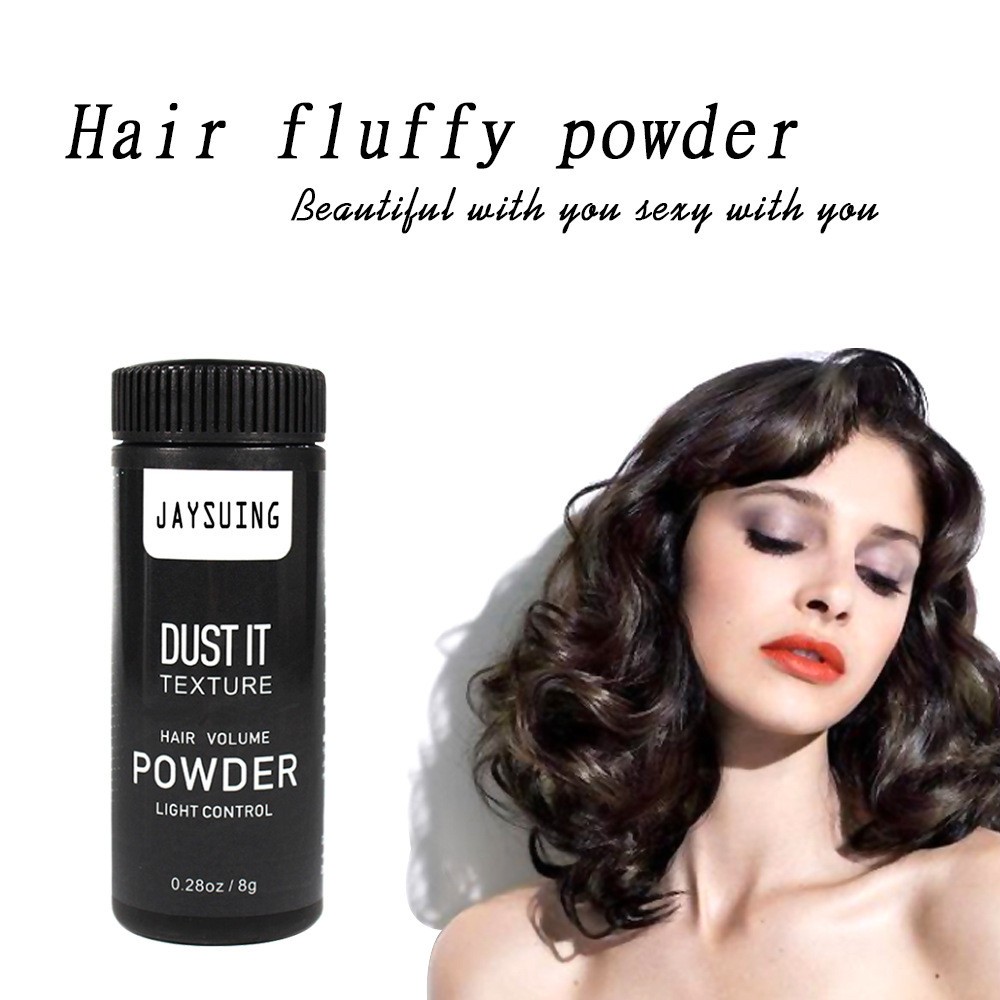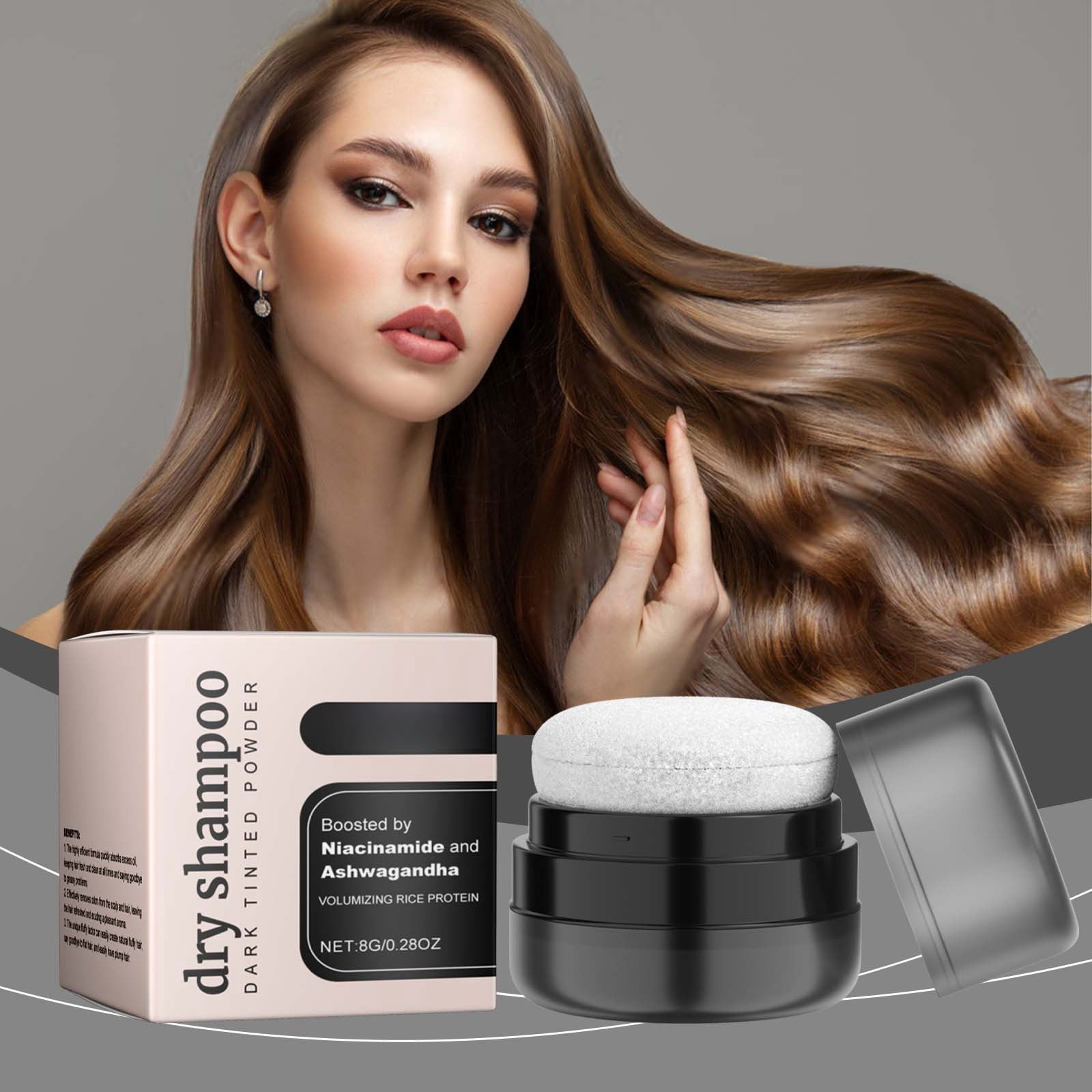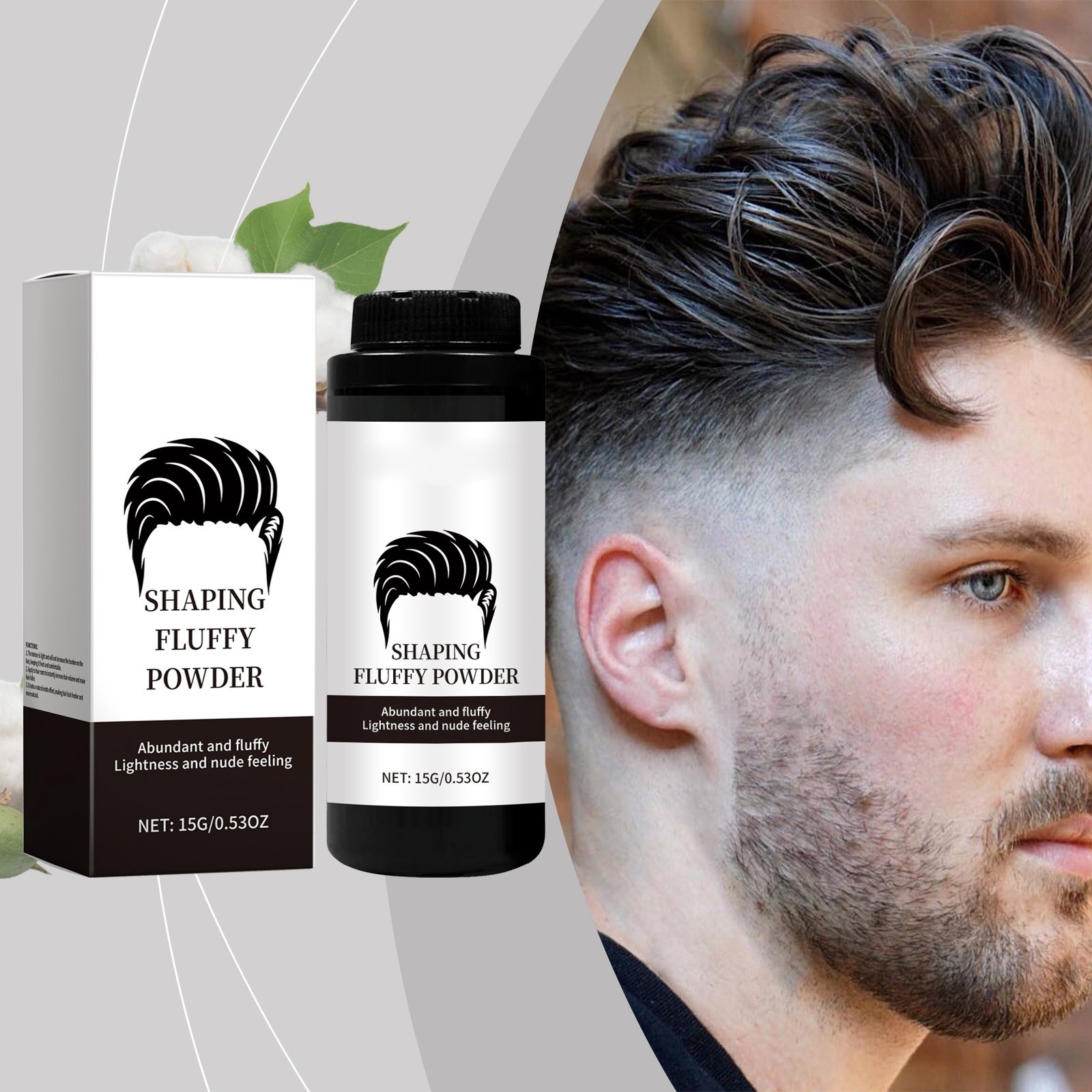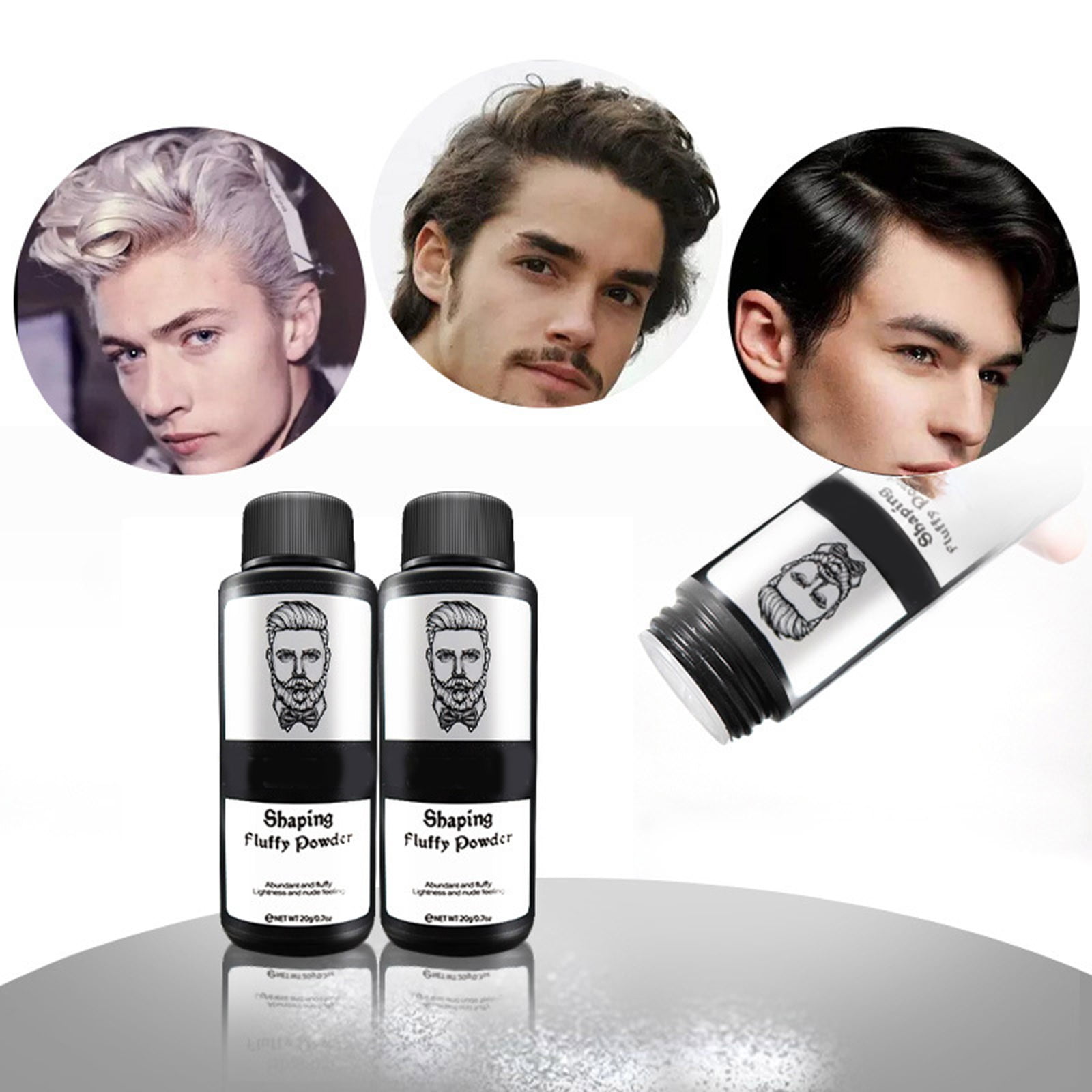Does Volume Powder Damage Hair?

Volume powder has become a staple in many hair care routines, celebrated for its ability to deliver instant lift, texture, and fullness to otherwise limp or fine strands. Its popularity stems from its ease of use and immediate results, transforming flat hair into a voluminous style with just a few shakes and scrunches. However, with the widespread adoption of any styling product, questions naturally arise regarding its long-term effects on hair health. A common concern among users pertains to the potential for such products to cause damage, dryness, or other adverse conditions. This comprehensive exploration delves into the composition and mechanism of volume powder, examining the various ways it interacts with hair and scalp, and providing an informed perspective on its safety and proper usage.
Understanding the Mechanism of Volume Powder
To ascertain the impact of volume powder on hair, it is essential to first understand what it is and how it functions. Volume powder is typically a fine, lightweight substance designed to be applied directly to the roots or lengths of dry hair. Its primary action involves creating friction and separation between individual hair strands, thereby preventing them from lying flat against each other or the scalp. This increased space between strands, coupled with a slight roughening of the hair cuticle, results in the desired effect of enhanced volume and texture.
The effectiveness of these powders largely relies on their key ingredients. Silica silylate, a modified form of silica, is a common component. This ingredient is highly porous and hydrophobic, meaning it repels water and absorbs oils. When applied to hair, silica silylate adheres to the hair shaft, creating a microscopic, rough surface. This texture increases the friction between strands, preventing them from clumping together and providing the necessary grip for lift. Other common ingredients include various starches (such as corn starch or tapioca starch), which also contribute to oil absorption and provide a matte finish, and polymers (like VP/VA copolymer) that offer hold and enhance the product’s ability to create structure. Glycerin might also be present, acting as a humectant, though its role in a powder formulation is primarily for texture and binding rather than significant moisture delivery.
The immediate benefit of these ingredients is undeniable: they absorb excess sebum from the scalp and hair, which can weigh down hair and diminish volume. By eliminating this oil, the hair gains lightness and the ability to hold a lifted style. The matte finish provided by many powders also contributes to the appearance of fuller hair, as shiny, slick hair often looks thinner.
Potential Mechanisms of Hair Stress and Damage
While volume powder offers distinct styling advantages, an examination of its potential downsides requires a closer look at how its ingredients and mechanism of action might interact with hair health over time. Concerns typically revolve around dryness, mechanical stress, and scalp conditions.
Dryness and Moisture Depletion: The absorbent nature of ingredients like silica silylate and various starches is central to the product’s function. By absorbing excess oils, these powders create a drier environment, which is beneficial for volume. However, excessive or prolonged use without adequate cleansing and moisturizing can lead to moisture depletion within the hair shaft. Hair that is consistently stripped of its natural oils and moisture can become brittle, leading to increased susceptibility to breakage and a dull, lifeless appearance. The roughening of the hair cuticle, while necessary for volume, can also make hair feel coarser and potentially more prone to tangling if not properly conditioned.
Friction and Mechanical Damage: The very principle by which volume powder works—increasing friction between hair strands—can also be a source of mechanical stress. When hair strands are not smooth and slippery, they can snag and pull against each other, especially during brushing, combing, or even general movement. For hair that is already fragile, chemically treated, or prone to breakage, this increased friction can exacerbate damage. Aggressive application or vigorous brushing of hair coated with volume powder can lead to cuticle damage, split ends, and actual hair breakage. The delicate nature of the hair shaft means that any product that significantly alters its surface texture requires careful handling.
Scalp Irritation and Follicle Health: Volume powder is often applied directly to the roots and scalp area. While generally formulated to be non-irritating, the accumulation of product residue, combined with natural sebum, dead skin cells, and environmental pollutants, can potentially create an unhealthy scalp environment. For individuals with sensitive scalps, this buildup might lead to itching, redness, or mild irritation. While direct evidence linking volume powder to hair loss is generally lacking, persistent scalp irritation or the physical clogging of follicles by excessive product residue, if not regularly and thoroughly cleansed, could theoretically impede optimal follicle function over a very long period. However, this is more a matter of hygiene and product management than an inherent flaw in the product itself.
Residue Buildup: Incomplete removal of volume powder can leave a persistent film on the hair and scalp. This residue can make hair feel heavy, gritty, or sticky, and can also diminish its natural shine. Over time, product buildup can prevent other beneficial hair care products, such as conditioners or treatments, from effectively penetrating the hair shaft, thus reducing their efficacy. This can contribute to a cycle of dryness and dullness, as the hair is not receiving adequate nourishment.
Interaction with Chemically Treated Hair: Hair that has undergone chemical processes such as coloring, bleaching, perming, or relaxing is often more porous and fragile than virgin hair. Such hair has a compromised cuticle layer, making it more susceptible to damage from external factors. The drying and friction-inducing properties of volume powder can therefore have a more pronounced negative effect on chemically treated hair, potentially accelerating damage or exacerbating existing issues like dryness and breakage.
Mitigating Risks and Promoting Hair Health
The potential for hair stress associated with volume powder is largely contingent on its application, frequency of use, and subsequent hair care practices. With informed usage, the risks can be significantly minimized, allowing users to enjoy the benefits without compromising hair health.
Proper Application Techniques: The adage “less is more” holds true for volume powder. Applying a small amount, focusing primarily on the roots where lift is desired, is crucial. The powder should be gently worked into the hair with the fingertips rather than vigorously rubbed or brushed through. Even distribution and avoiding excessive saturation prevent a heavy, gritty feel and reduce the potential for buildup.
Regular and Thorough Cleansing: Consistent and effective cleansing is paramount to prevent product accumulation. A good quality shampoo, specifically designed for deep cleansing or clarifying, should be used regularly to ensure all traces of volume powder, along with natural oils and environmental debris, are completely removed. Clarifying shampoos can be particularly beneficial for periodic use to reset the hair and scalp, removing stubborn buildup that regular shampoos might miss.
Prioritizing Moisture and Conditioning: To counteract any potential drying effects, incorporating a robust moisturizing routine is essential. This includes using a hydrating conditioner after every wash and regularly applying deep conditioning treatments or hair masks. Leave-in conditioners or hair oils can also provide an extra layer of moisture and protection, especially for the mid-lengths and ends of the hair, which are often more prone to dryness.
Gentle Hair Handling: Minimizing mechanical stress is critical. When hair contains volume powder, it is advisable to handle it gently. Brushing or combing should be done with soft-bristled brushes or wide-tooth combs, starting from the ends and working upwards to detangle without causing unnecessary pulling or breakage. Avoiding aggressive styling techniques that involve excessive pulling or heat can also preserve hair integrity.
Strategic Product Selection: Opting for reputable brands that prioritize hair health in their formulations can make a difference. Some volume powders may include conditioning agents or be formulated with less harsh drying ingredients. Reading ingredient lists and choosing products that align with individual hair needs is a proactive step.
Mindful Frequency of Use: While volume powder is convenient, daily, heavy application might not be ideal for all hair types. Considering it for specific styling occasions or as an occasional boost rather than an everyday staple can help maintain hair health. Allowing the hair and scalp to breathe and recover between uses is beneficial.
Maintaining Scalp Health: A healthy scalp is the foundation for healthy hair. Regular cleansing, gentle massage to stimulate circulation, and addressing any specific scalp concerns (e.g., dandruff, oiliness) contribute to an optimal environment for hair growth. Ensuring the scalp is clean and free of excessive product residue is a key aspect of this.
Benefits of Volume Powder
Beyond the concerns, it is important to reiterate the significant benefits that make volume powder a popular choice for many:
- Instant Lift and Fullness: It provides immediate, noticeable volume at the roots, transforming flat hair quickly.
- Enhanced Texture and Grip: It adds texture, making hair easier to style and hold intricate updos or braids.
- Oil Absorption: It effectively absorbs excess sebum, extending the time between washes and refreshing greasy roots.
- Lightweight Alternative: It offers a lighter alternative to heavier mousses or sprays that can weigh down fine hair.
- Convenience: Its compact size and ease of application make it ideal for quick touch-ups on the go.
FAQs
Is daily use of volume Simple Indian Bun Hairstyles For Saree A Comprehensive Guide To Traditional Elegance And Practicality powder advisable? Consistent daily application without thorough cleansing can lead to product buildup and potential dryness. Intermittent use, balanced with a robust hair care routine, is generally recommended.
Can volume powder cause hair loss?
There is no direct scientific evidence linking volume powder to hair loss. However, persistent scalp irritation from product buildup or excessive mechanical stress during application and removal could indirectly contribute to hair thinning or breakage over time.
How should product buildup be effectively removed?
Regular use of a clarifying shampoo is recommended to remove product residue. Such shampoos are formulated to deeply cleanse the hair and scalp, stripping away buildup that regular shampoos might not fully address.
Is volume powder suitable for all hair types?
Volume powder is most effective on fine to medium hair types that struggle with lack of volume. For very coarse or extremely dry hair, the drying effects might be more pronounced, requiring extra moisturizing care.
Are there specific ingredients in volume powder that should be avoided?
Individuals with sensitivities might wish to avoid products containing strong fragrances or certain preservatives. For general hair health, focusing on proper usage and cleansing is more critical than avoiding specific common ingredients like silica silylate, which are central to the product’s function.
Tips for Optimal Hair Health When Using Volume Powder
- Start with a minimal quantity: A small amount is often sufficient to achieve the desired effect.
- Apply to dry hair only: Application to damp hair can lead to clumping and uneven distribution.
- Focus application on the roots: This is where the most significant lift is typically desired.
- Distribute with fingertips: Gently work the powder into the roots using fingers to avoid excessive friction from brushes.
- Wash hair thoroughly after use: Ensure all product residue is removed with a suitable shampoo.
- Incorporate moisturizing routines: Use hydrating conditioners and treatments regularly to maintain hair moisture.
- Consider a clarifying shampoo periodically: This helps prevent long-term buildup and keeps the scalp healthy.
Conclusion
The question of whether volume powder compromises hair health is nuanced. When used correctly and in moderation, volume powder is generally considered safe and effective for achieving desired styling results. The potential for damage primarily arises from improper application, excessive use, or inadequate cleansing, which can lead to dryness, mechanical stress, and product buildup. By adhering to recommended usage guidelines, prioritizing thorough cleansing, maintaining a consistent moisturizing routine, and handling hair gently, individuals can mitigate potential risks. Informed product selection and mindful application practices allow for the enjoyment of the significant styling benefits offered by volume powder without compromising the long-term health and vitality of the hair. Ultimately, the impact of any styling product is deeply intertwined with the user’s overall hair care regimen and attention to detail.







More suggestion: Best Hairstyles For Super Thin Hair Strategic Cuts And Styles For Enhanced Volume And Density